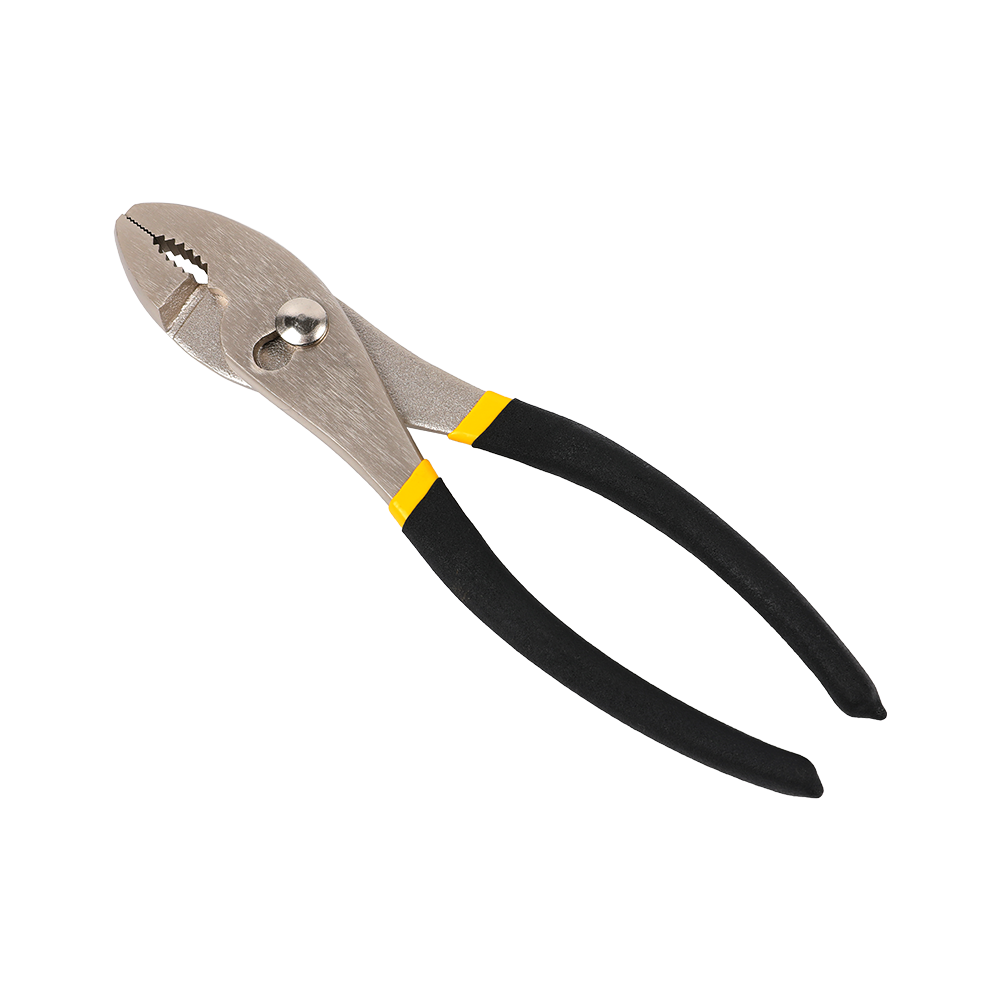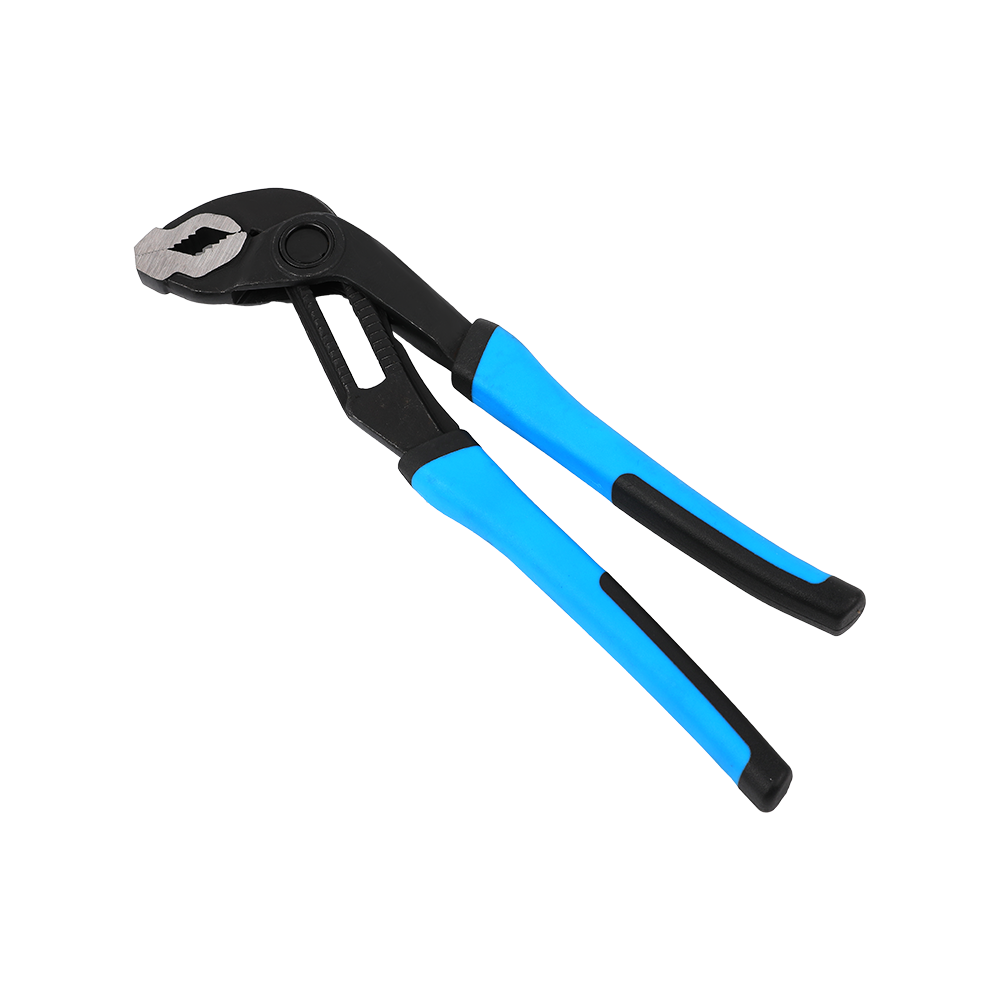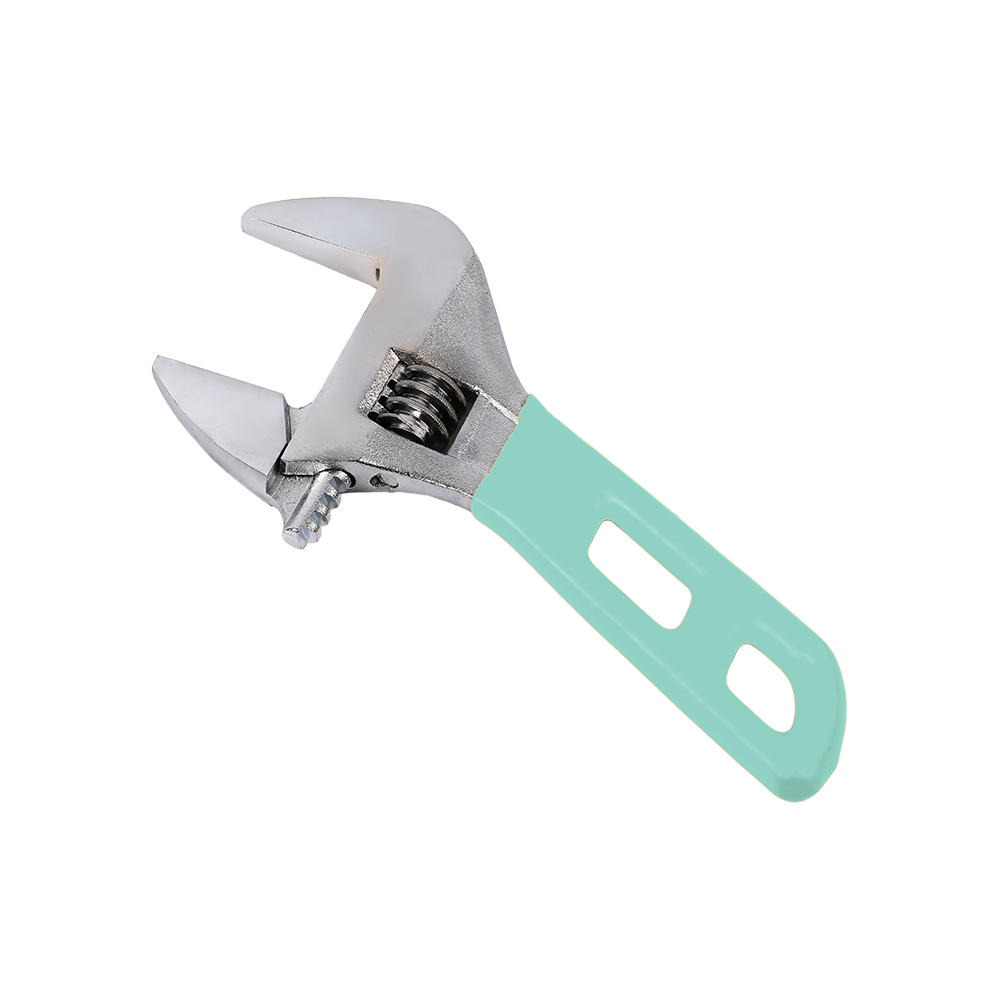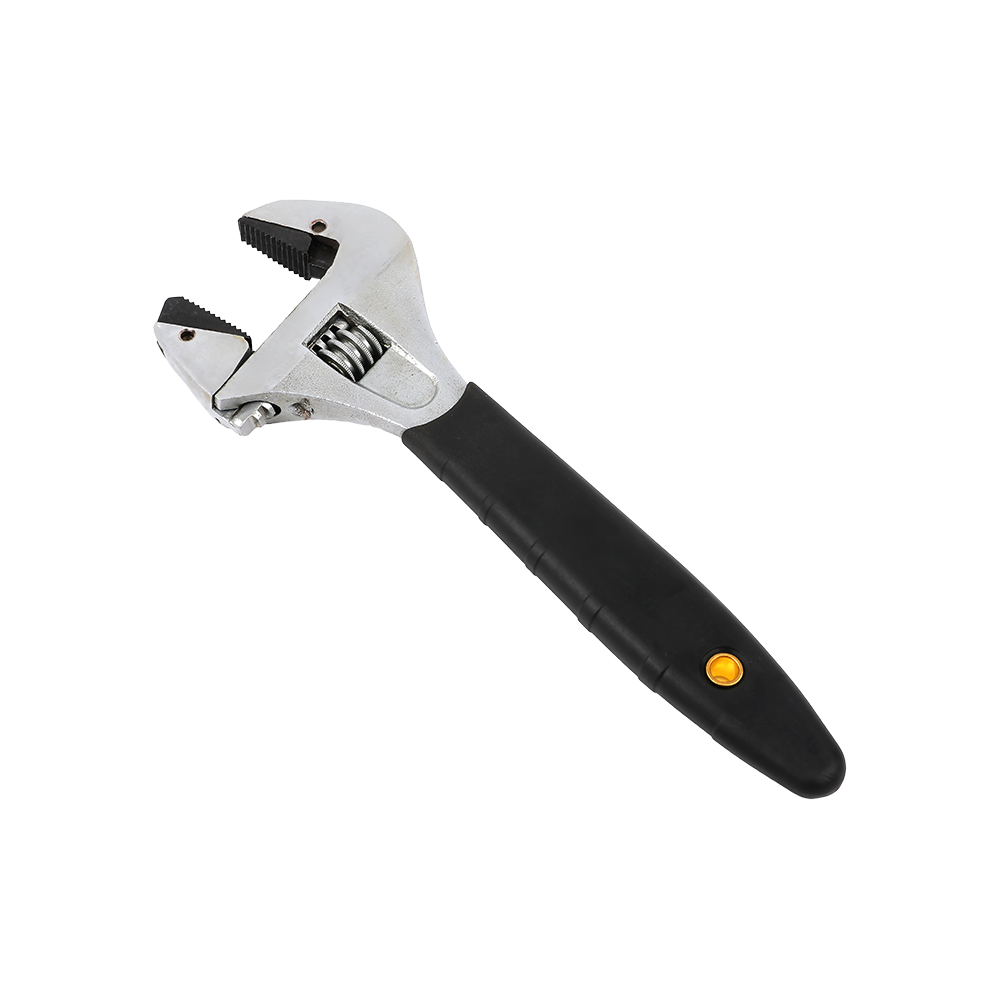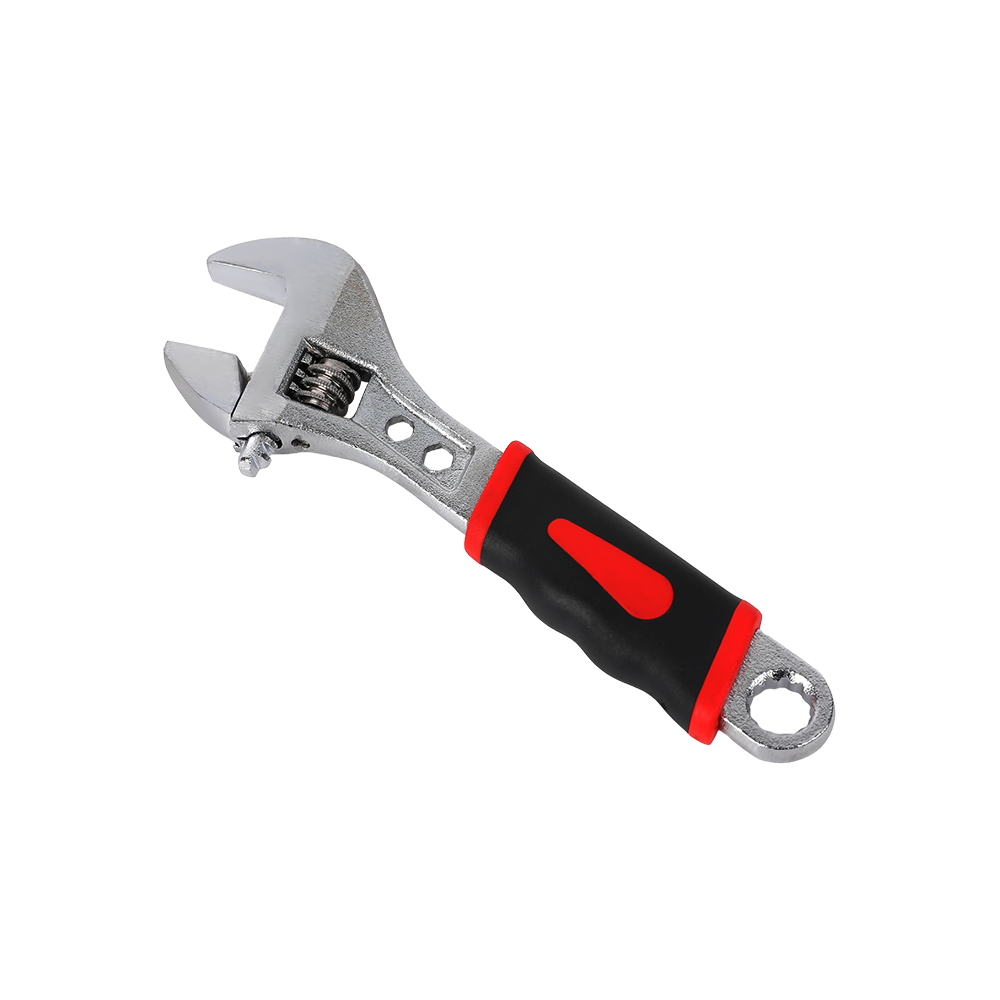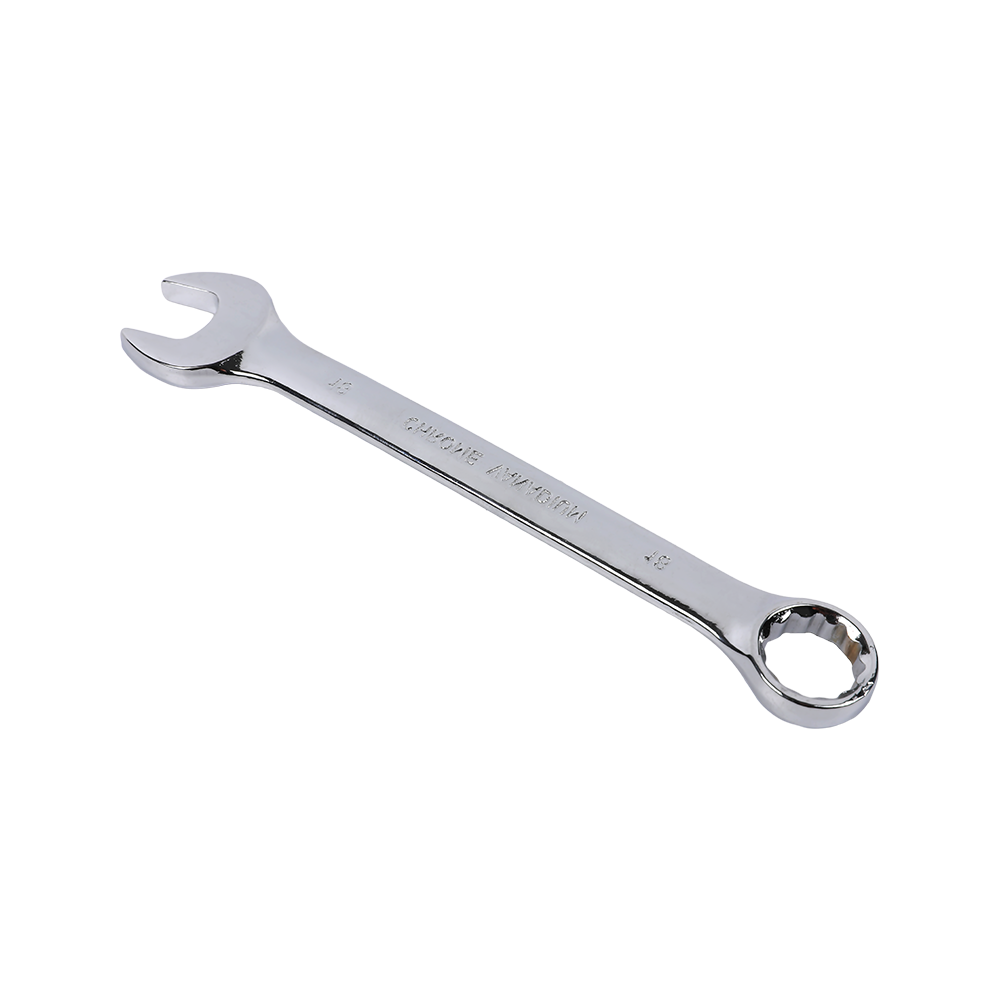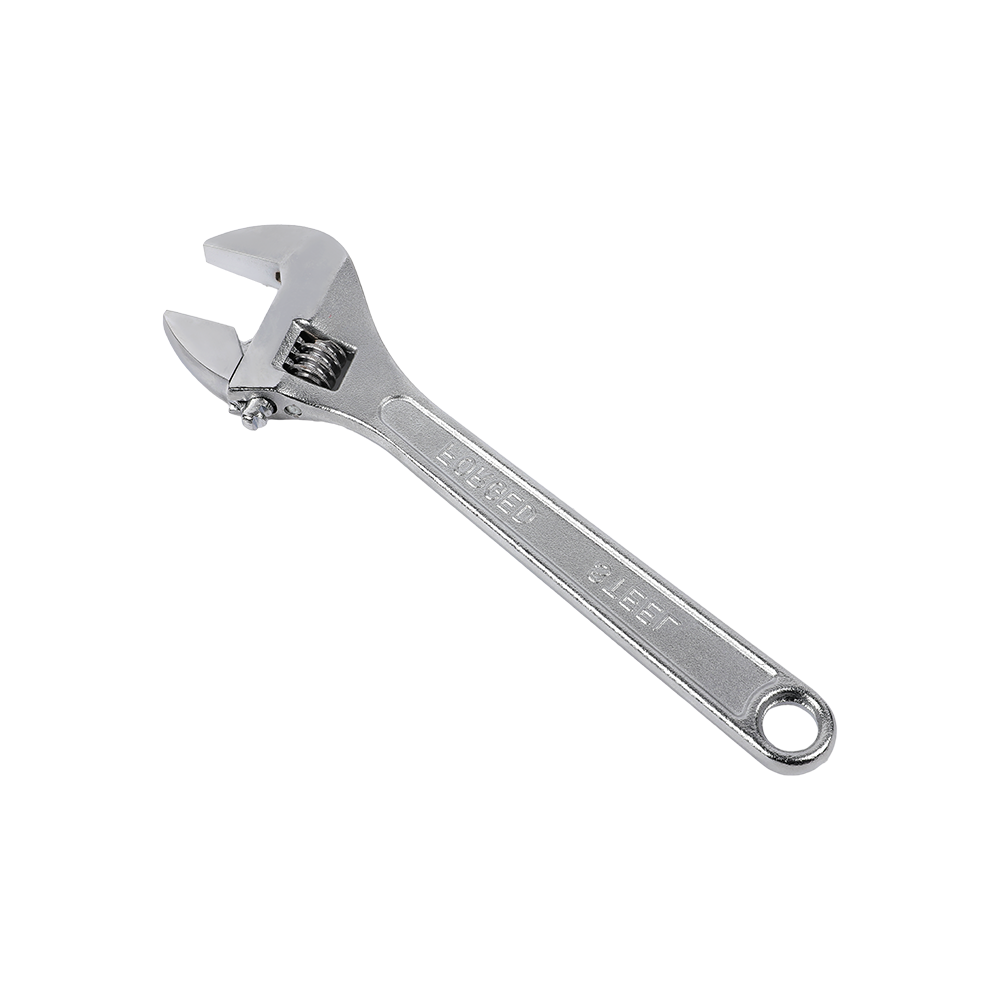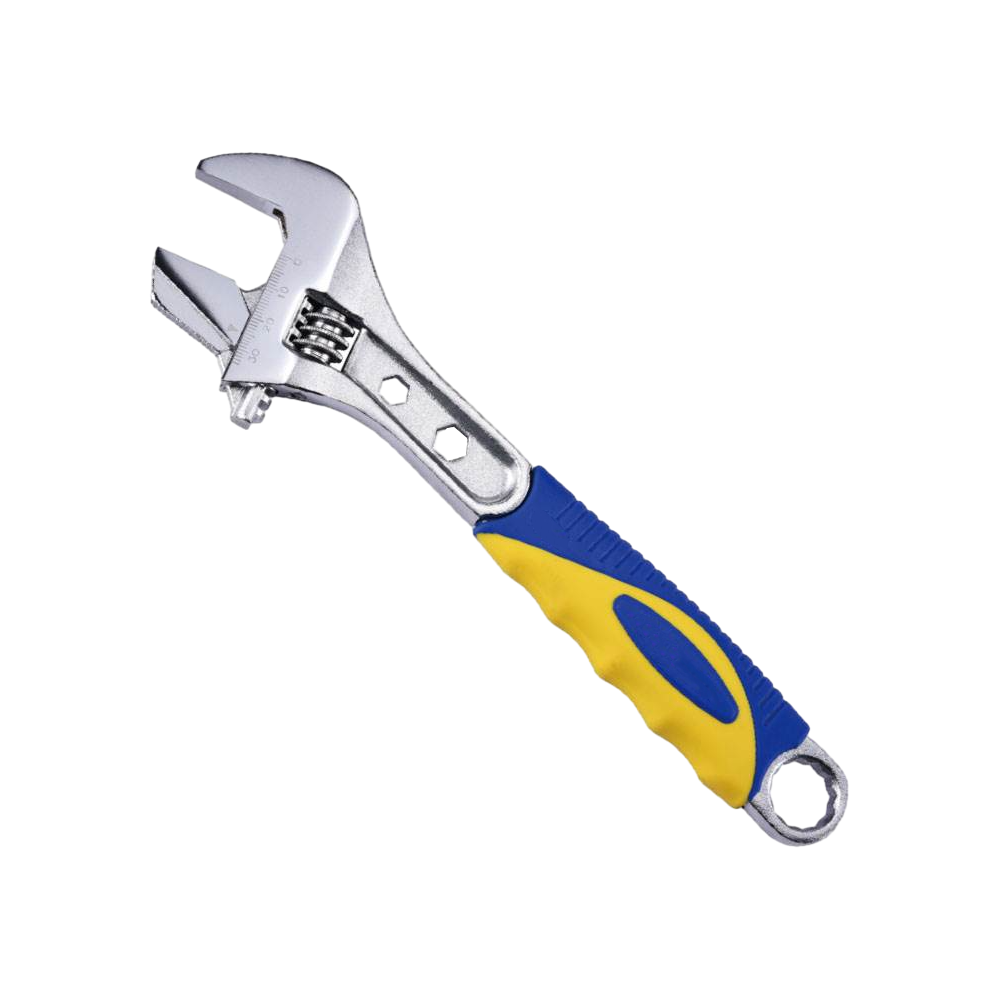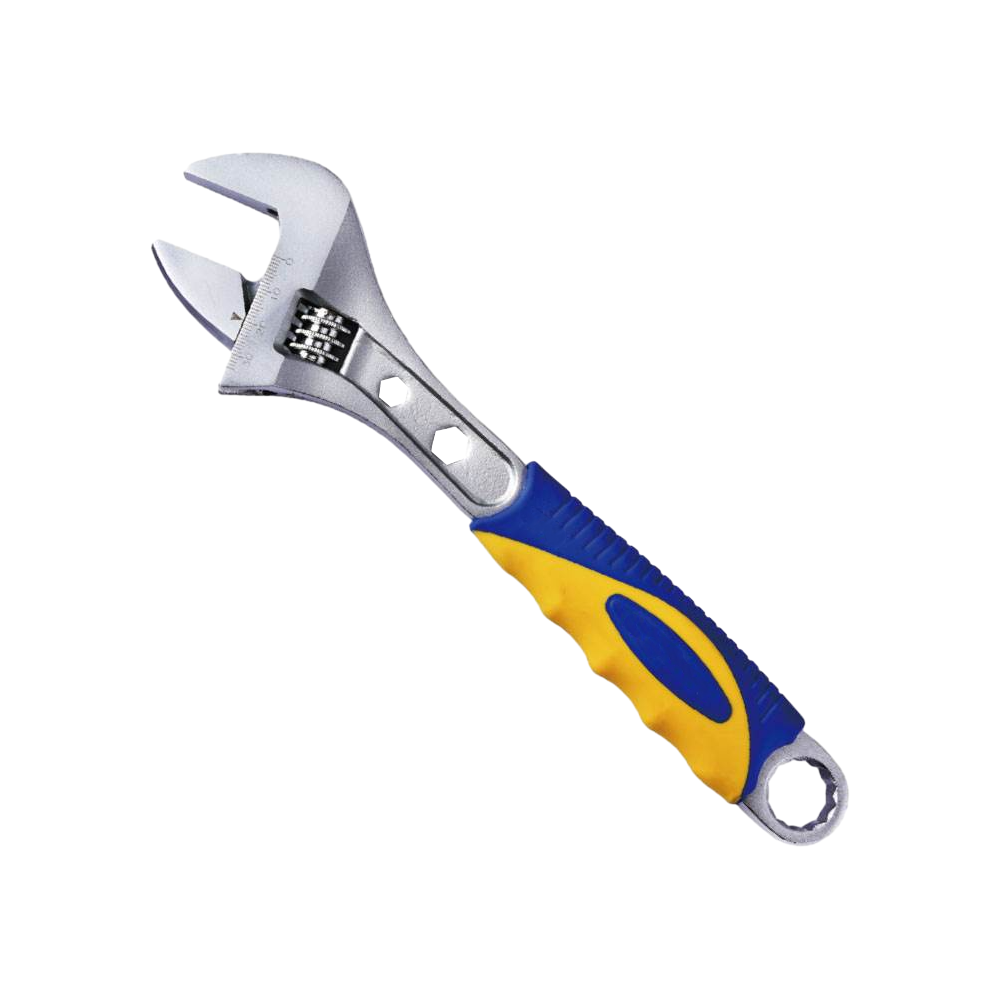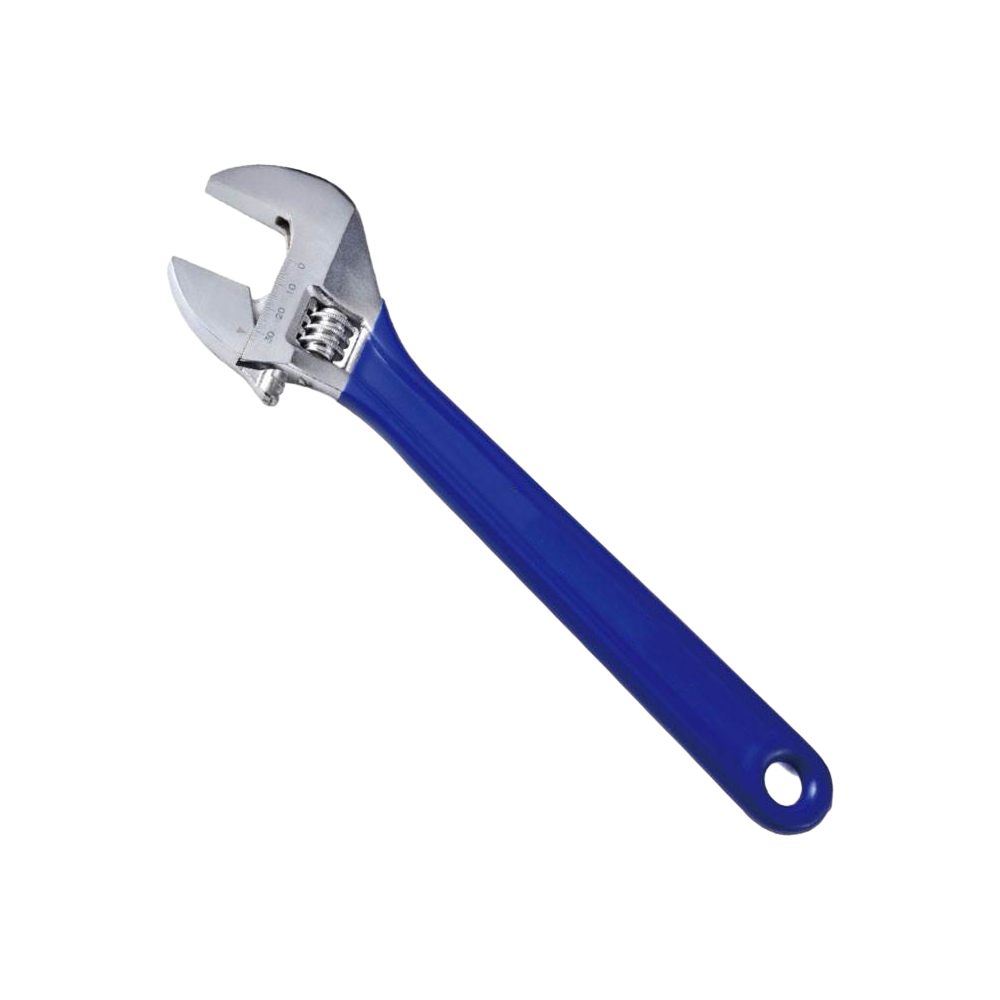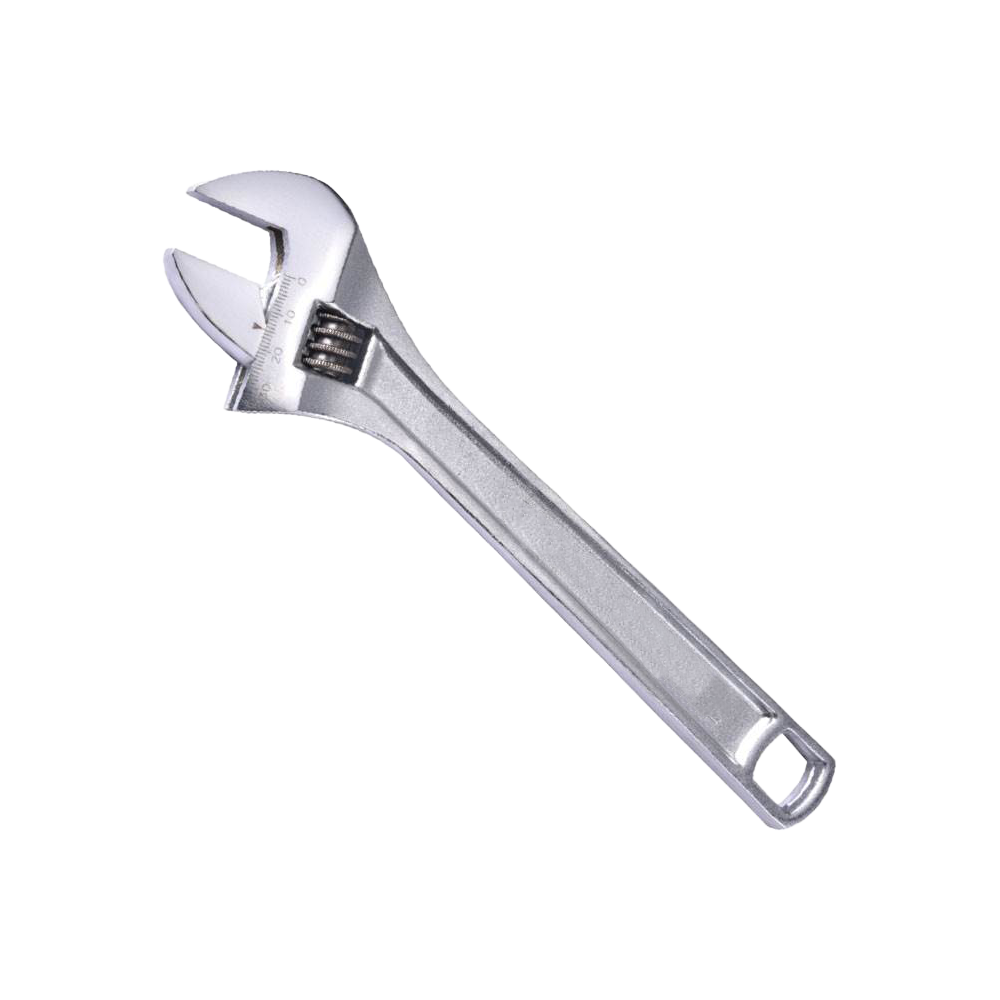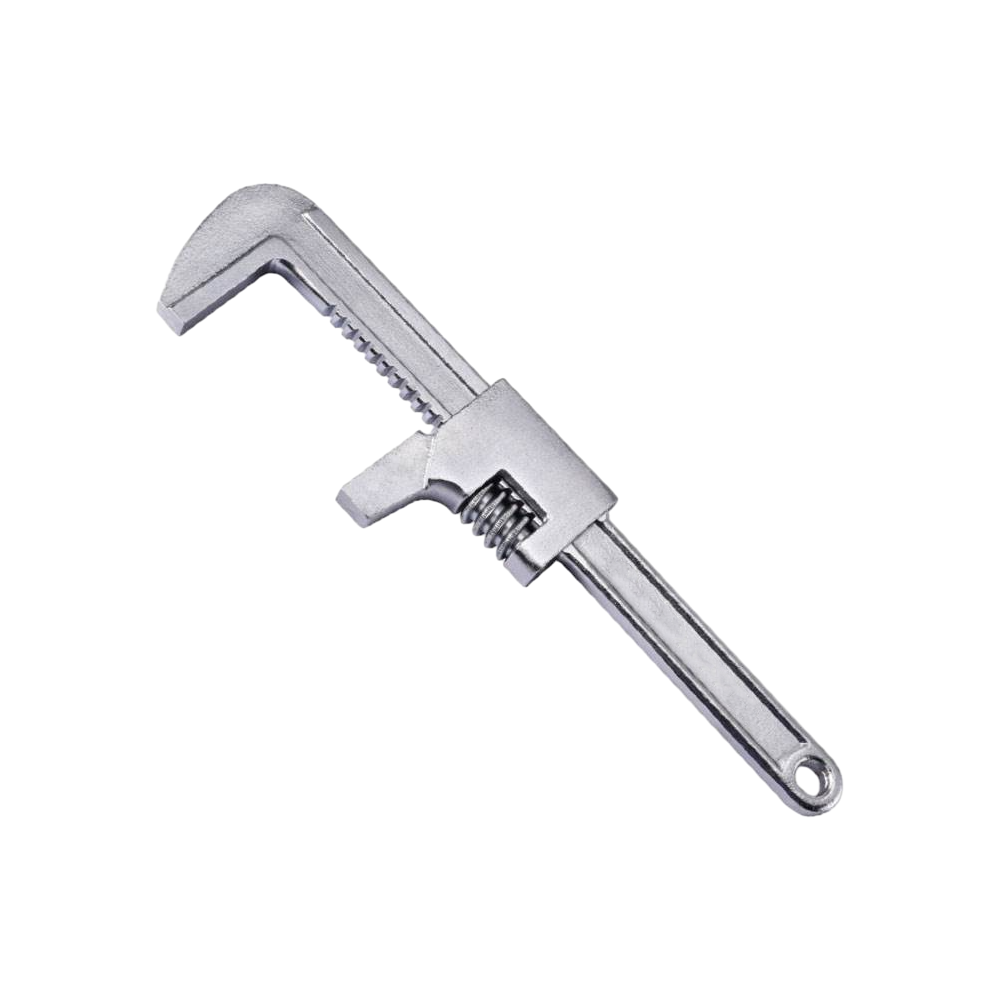How Is Grip Comfort Changing the Market for Spanner with Plastic Handle?
The hand tool sector has undergone continuous refinement, and among the noticeable innovations is the spanner with plastic handle. While the wrench itself has been a staple in mechanical and household applications, the addition of a plastic handle has shifted market focus toward ergonomics, safety, and user experience. This feature may seem minor compared to material strength or torque capacity, but its influence extends across design, manufacturing, and consumer preference.
The Role of Grip in Tool Performance
The grip of a spanner directly impacts how efficiently force can be applied. With a plastic handle, the wrench delivers an enhanced non-slip experience, reducing hand fatigue during repetitive use. This is particularly relevant in both household DIY environments and professional workshops, where prolonged use is common. Manufacturers of spanner with plastic handle increasingly highlight this ergonomic advancement as a central feature, recognizing that comfort has become a decisive factor in tool selection.
Why Plastic Handles Are Gaining Popularity
Plastic is not only lightweight but also adaptable in terms of molding and surface treatment. This allows spanner with plastic handle designs to incorporate textures, insulation, and ergonomic shaping. Compared with traditional bare-metal wrenches, the plastic grip spanner ensures better stability, especially under sweaty or oily conditions. For industries seeking efficiency, these improvements minimize slippage and contribute to safer operations.
Key Characteristics of Plastic Handle Spanners
The following table summarizes the main attributes that distinguish spanner with plastic handle products from conventional alternatives:
| Feature | Description | Benefit for Users |
|---|---|---|
| Non-slip handle spanner | Plastic grip with textured surface | Enhances safety by reducing hand slippage |
| Comfortable grip spanner | Ergonomic shape with cushioning effect | Reduces fatigue during extended usage |
| Insulated handle spanner | Plastic coating with thermal/electrical resistance | Provides additional safety in specific tasks |
| Adjustable plastic handle spanner | Versatile design with movable jaws and reinforced handle grip | Adapts to multiple bolt sizes efficiently |
| Combination spanner with plastic handle | Dual-ended design combining open-end and ring spanner with plastic grip | Increases tool versatility |
Influence on User Segments
The demand for spanner with plastic handle varies across markets. For household consumers, the comfortable grip spanner and DIY hand tool spanner stand out due to ease of use and affordability. In contrast, workshops and industrial environments emphasize insulated handle spanner or ergonomic plastic handle spanner to ensure worker safety and reduce downtime caused by hand strain.
Manufacturing Trends
Manufacturers of spanner with plastic handle are adopting advanced molding technologies to improve handle durability. Techniques such as dual-layer molding allow integration of soft-touch polymers with rigid plastic bases, creating spanners that combine strength with comfort. This balance is critical because the wrench must maintain torque capacity without compromising grip quality.
Additionally, sustainability in material sourcing has become a rising priority. The development of recyclable or biodegradable plastics is gradually reshaping how plastic grip spanners are produced. Although still at an early stage, these initiatives indicate that future wrenches may integrate eco-friendly designs without sacrificing performance.
Market Implications
As competition among manufacturers of spanner with plastic handle intensifies, differentiation now lies less in basic functionality and more in user-focused innovation. Spanners with textured plastic handles, color-coded grips for quick identification, and multi-functional designs are gaining traction. Moreover, professional sectors continue to prioritize adjustable plastic handle spanners due to their versatility, while DIY markets remain driven by household spanner with plastic handle models.
Future Outlook
The ergonomic focus in tool development shows no sign of slowing down. The spanner with plastic handle is expected to remain a prominent segment within the broader wrench category. Manufacturers are likely to integrate more advanced polymers, anti-microbial coatings, and even smart-sensing features that monitor torque application. This evolution underscores a shift from tools being seen merely as mechanical devices toward being user-centric solutions designed for comfort, safety, and efficiency.
The emergence of the spanner with plastic handle represents more than just an incremental change in tool design; it reflects a broader industry trend emphasizing ergonomics and user safety. By improving grip comfort and reducing fatigue, these wrenches are reshaping consumer expectations across both household and professional markets.
-
Feedback
 English
English русский
русский Español
Español
